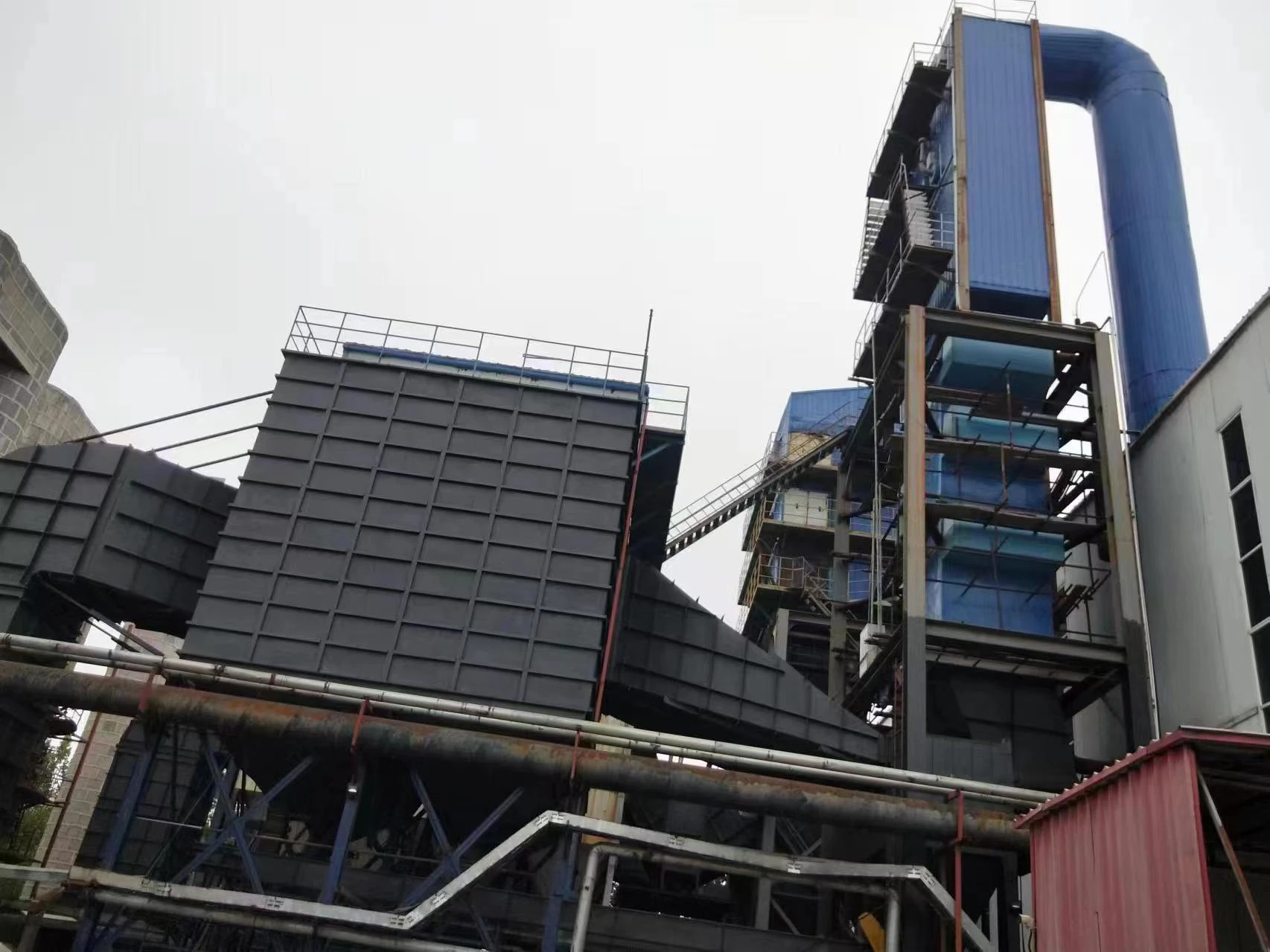
Dec . 04, 2024 09:19 Back to list
coal steam boiler
Understanding Coal Steam Boilers A Comprehensive Overview
Coal steam boilers have been an integral part of industrial steam generation for centuries. They convert the chemical energy stored in coal into steam energy, which can then be used for various applications, including electricity generation, heating, and powering machinery. In this article, we will explore the workings of coal steam boilers, their historical significance, advantages, challenges, and future prospects.
Working Principle
At its core, a coal steam boiler operates on a straightforward principle burning coal to produce heat. The process begins with the introduction of coal into the combustion chamber, where it is ignited. The heat generated from the burning coal heats water in the boiler's pressure vessel, transforming it into steam. This steam is then channeled through pipes to where it is needed, whether for heating buildings, turning turbines to generate electricity, or as a source of power for manufacturing processes.
The efficiency of a coal steam boiler primarily depends on its design and the technology used. Modern coal boilers are equipped with sophisticated controls and combustion technologies that enhance efficiency, reduce emissions, and optimize fuel use. For example, the use of fluidized bed combustion allows for better fuel mixing, leading to more complete combustion of coal and lower emissions of harmful pollutants.
Historical Significance
The development of coal steam boilers has had profound implications for industrial advancement. In the 18th century, the introduction of the steam engine revolutionized transportation and manufacturing. Coal-fired steam engines powered locomotives, ships, and later, the burgeoning factories of the Industrial Revolution. This shift not only increased productivity but also facilitated the rise of urban centers and changed social dynamics.
Even today, coal steam boilers are still widely used in various sectors, especially in power generation. In countries like China and India, coal remains a dominant source of energy, largely contributing to their economic growth. The ability to generate vast amounts of steam for energy and process heat has made coal steam boilers indispensable in many industries.
Advantages of Coal Steam Boilers
coal steam boiler

One of the primary advantages of coal steam boilers is their ability to produce high volumes of steam efficiently. When properly maintained, these boilers can operate at very high pressures, allowing for more energy output and better thermal efficiency. Additionally, coal is often more affordable and more readily available than other fuel sources, especially in regions rich in natural resources.
Another significant advantage is the technology advancements that have led to cleaner combustion processes. Modern coal steam boilers are designed to minimize emissions of sulfur dioxide (SO2), nitrogen oxides (NOx), and particulate matter. This is crucial for meeting regulatory standards and reducing the environmental impact of coal use.
Challenges
However, the use of coal steam boilers comes with its own set of challenges. The environmental impact of coal combustion is significant, primarily because of greenhouse gas emissions. The extraction and burning of coal contribute to air pollution and climate change. Consequently, many countries are implementing stricter regulations regarding coal usage, pushing industries toward cleaner alternatives like natural gas, biomass, and renewable energy sources.
Moreover, maintaining coal steam boilers requires significant investment. The infrastructure must comply with safety and environmental standards, which can be costly. Upgrading old facilities to meet modern regulations can also be a formidable challenge, especially for smaller companies with limited resources.
Future Prospects
The future of coal steam boilers is undoubtedly tied to global energy trends. As the world moves towards more sustainable and renewable energy sources, the demand for coal steam boilers may decline. However, transitions can be gradual, especially in developing nations relying heavily on coal for energy.
Innovations in carbon capture and storage (CCS) technologies may offer a way to mitigate the environmental impact of coal-fired steam generation. By capturing emissions before they enter the atmosphere, these technologies could make coal a more viable option in a future focused on sustainability.
In conclusion, coal steam boilers remain a crucial component of the global energy landscape. They have a rich history, provide significant benefits, and face numerous challenges in their operations. As advancements in technology and increased awareness of environmental impacts shape the future, the role of coal steam boilers will continue to evolve, balancing energy needs with ecological responsibilities.
-
High-Efficiency Commercial Oil Fired Steam Boiler for Industry
NewsJul.30,2025
-
High-Efficiency Biomass Fired Thermal Oil Boiler Solutions
NewsJul.30,2025
-
High Efficiency Gas Fired Thermal Oil Boiler for Industrial Heating
NewsJul.29,2025
-
High-Efficiency Gas Fired Hot Water Boiler for Sale – Reliable & Affordable
NewsJul.29,2025
-
High Efficiency Biomass Fired Hot Water Boiler for Industrial and Commercial Use
NewsJul.29,2025
-
High-Efficiency Biomass Fired Hot Water Boiler for Industrial Use
NewsJul.28,2025
Related PRODUCTS






















